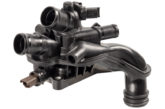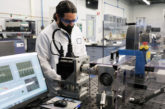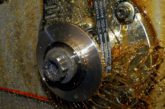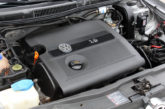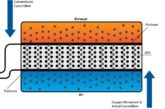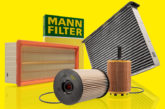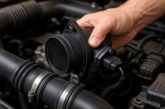
Denso explains why technicians should not overlook the resistor when changing the cabin blower fan.
Cabin blowers generate a flow of air, which passes through the heater, ventilation and air conditioning unit (HVAC) and into the vehicle cabin to cool or heat it. The amount of air generated by the cabin blower depends on the air permeability of the HVAC unit.
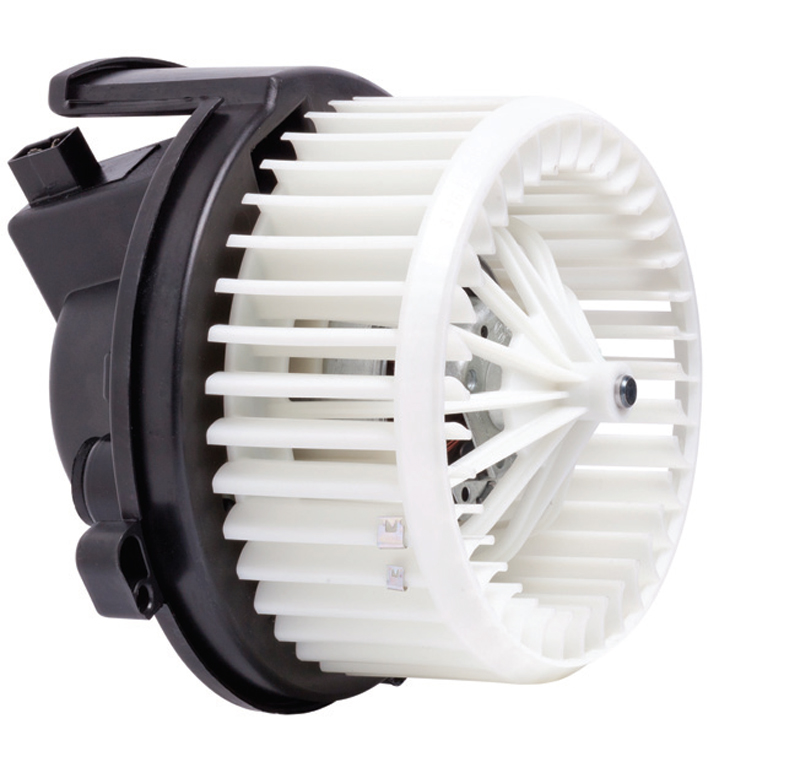
The HVAC unit filters the incoming air, controls the temperature (heat or cool) and distributes the airflow inside the vehicle cabin. The HVAC unit can be operated manually or automated (climate control).
A lack of or weak airflow from the vents and/or inconsistent speeds are all signs of potential cabin blower fan failure, which would require replacement; however, other parts might also need attention. Denso’s technical experts advise that technicians keep in mind the connection between the blower motor, interior filter and resistor, for example.
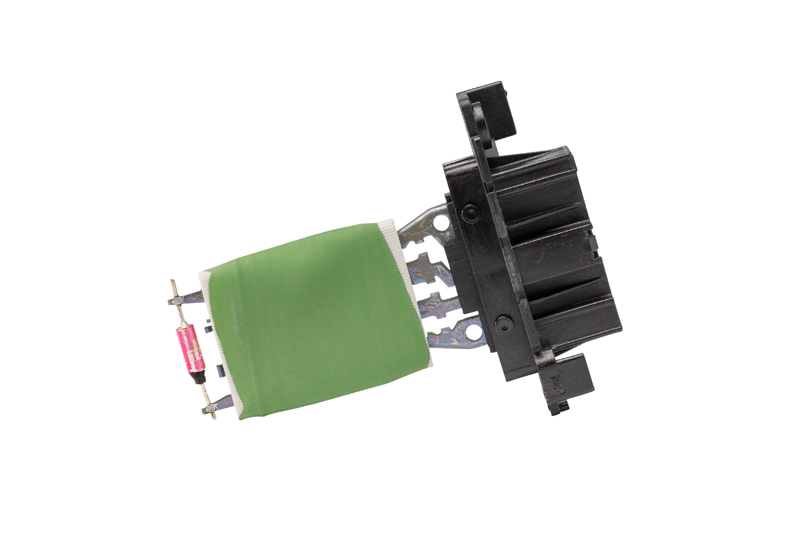
One of the main reasons for a cabin blower to overheat is a dirty interior filter, which creates drag and lowers airflow – the resistor is cooled by the airflow. Consequently, the resistor may become damaged or burned.
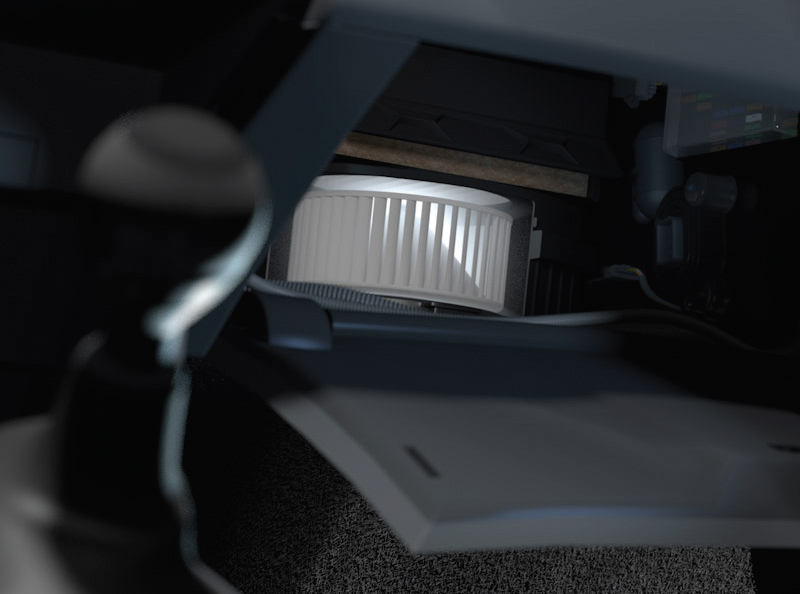
Therefore, Denso recommends that technicians always check the resistor and interior filter when replacing a blower motor after failure.
Cabin Blower Fans from Deson – Features
- Specified to original equipment standards
- Able to cope with extreme environmental conditions
- Developed for each specific car and engine
- Undergo rigorous testing procedures
- Ensure ventilation efficiency while also reducing noise

